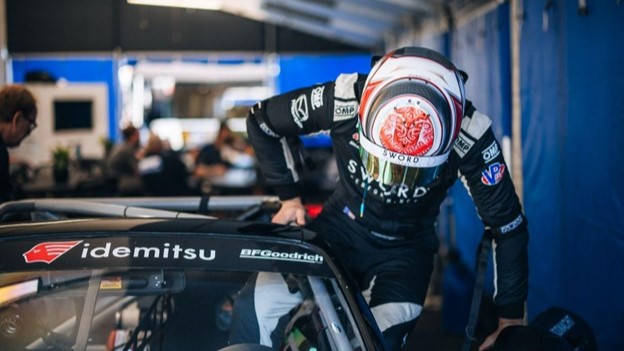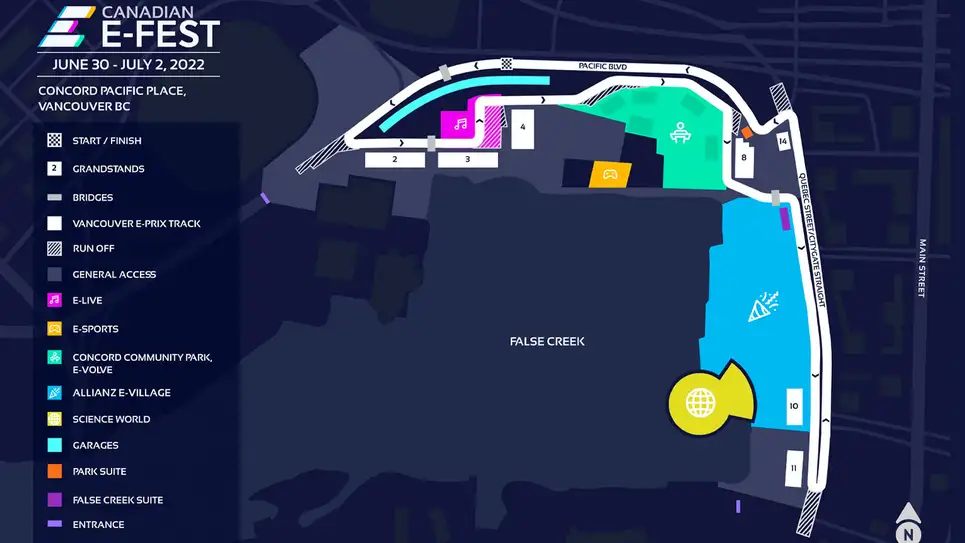Top Racing
By a Racer, For Racers: Finding Target Brands for Sponsorship
For young racers looking to make the step into racing professionally, a singular topic is always at the forefront: sponsorship. Current Idemitsu Mazda MX-5 Cup challenger Aidan Fassnacht dives deep into the prospect of finding funding to secure a racing seat; the first of a four part series - By a Racer, For Racers.
The Vancouver Formula E Debacle
This is a spectacular case of how not to promote a much-anticipate race. After just finishing it's 8 season of around-the-world racing, Formula E has endured multiple debacles throughout it's growing phase (Miami, Montreal, & London to name a few), so it's not entirely surprising the young Series fell victim again to over-promises and under-deliveries.






























